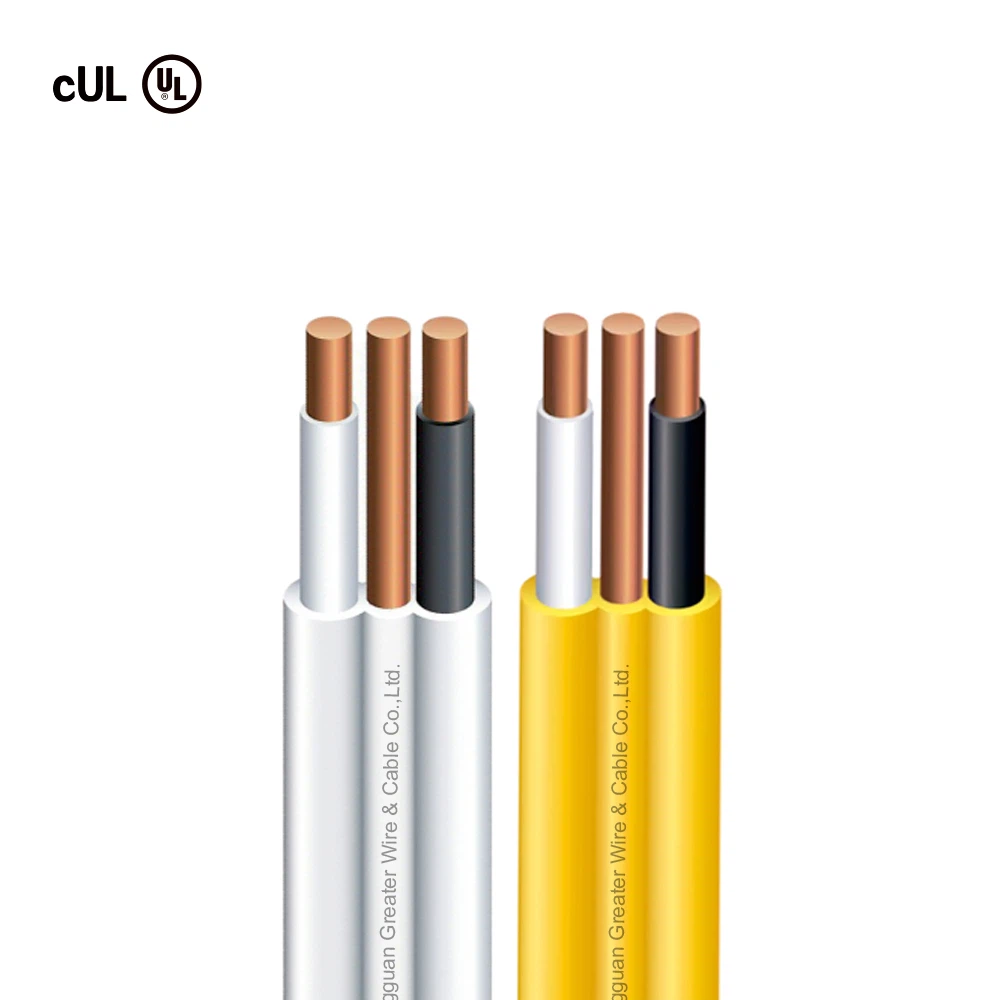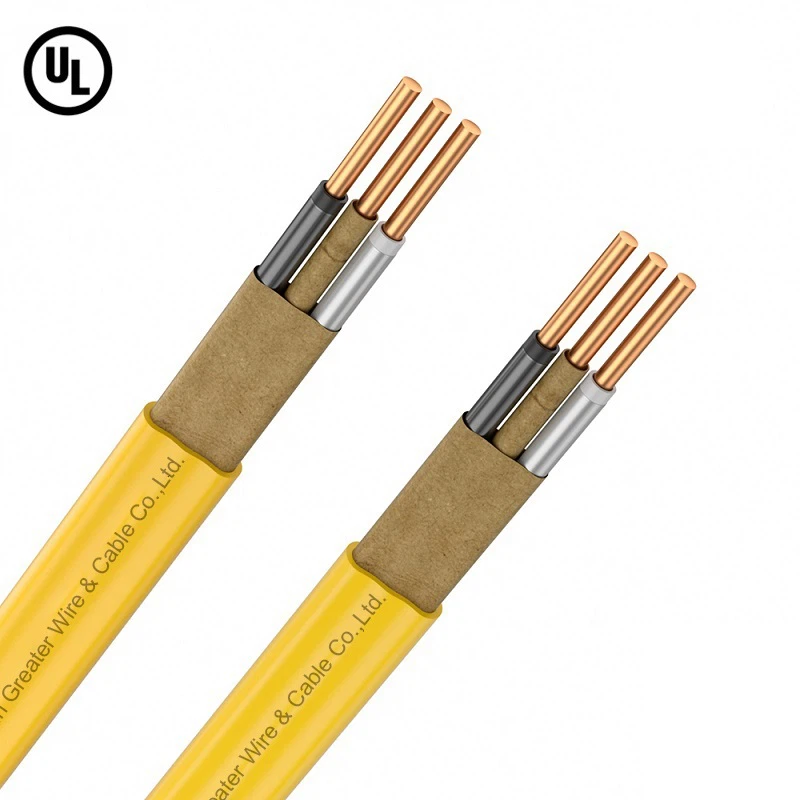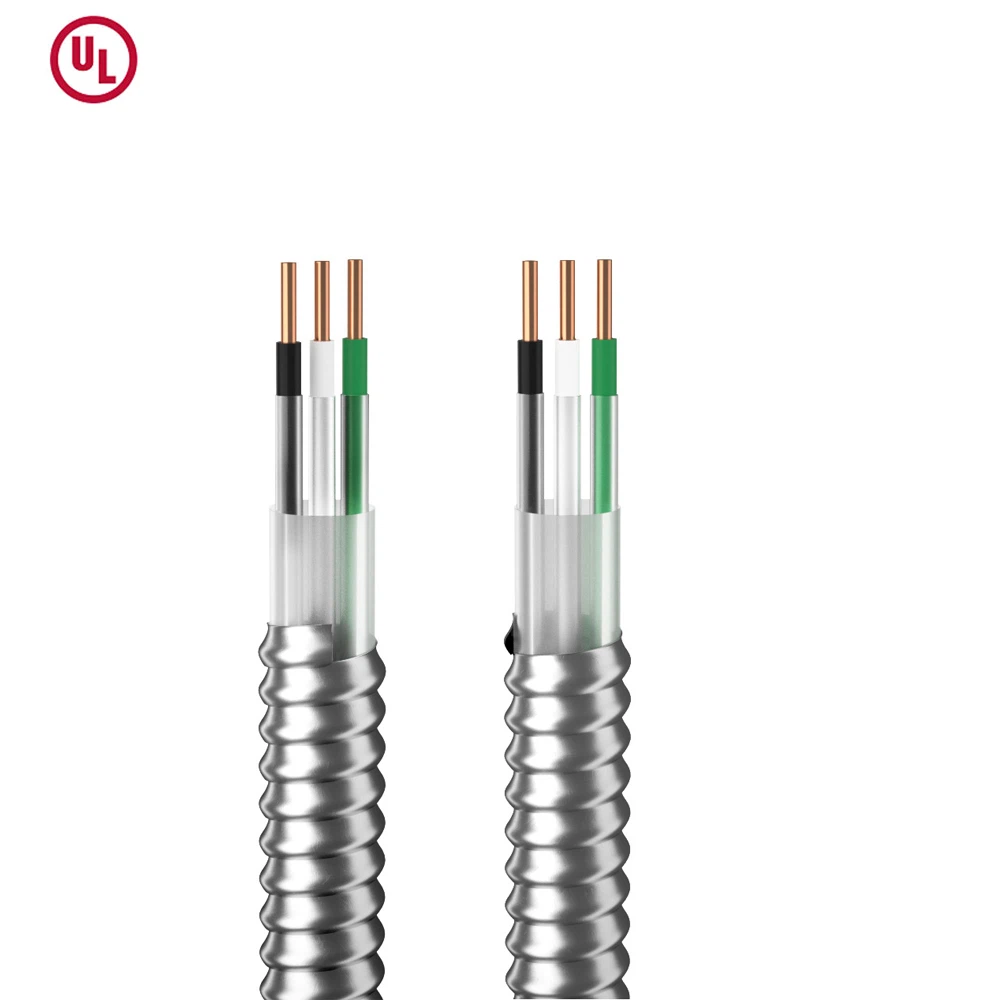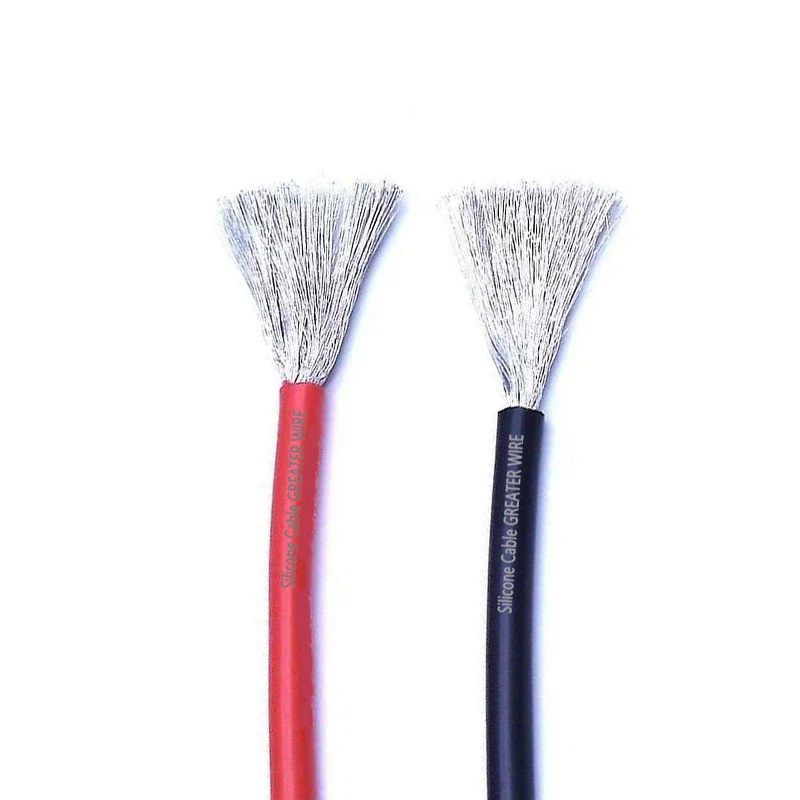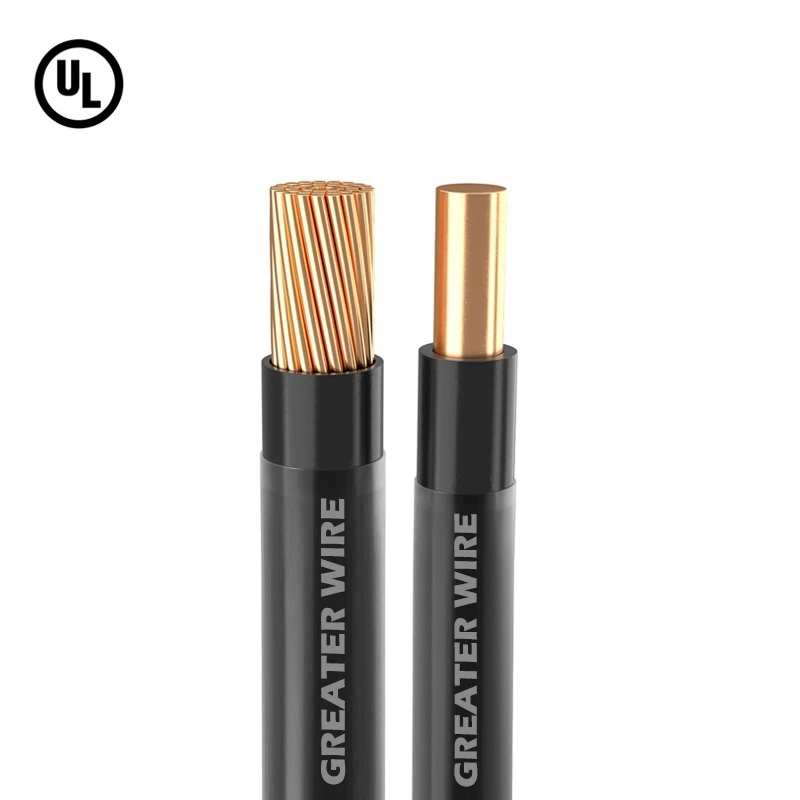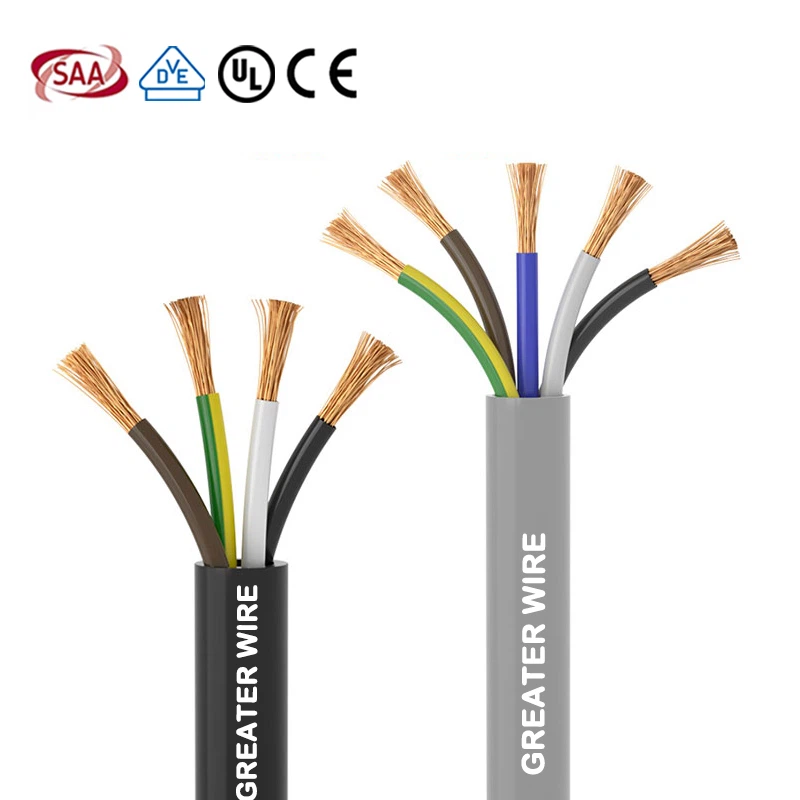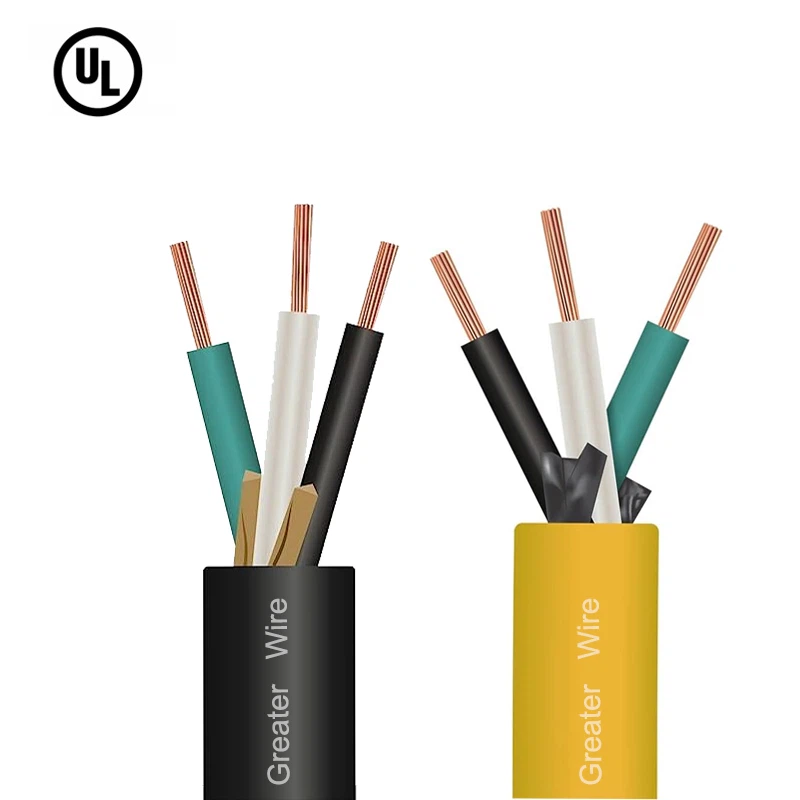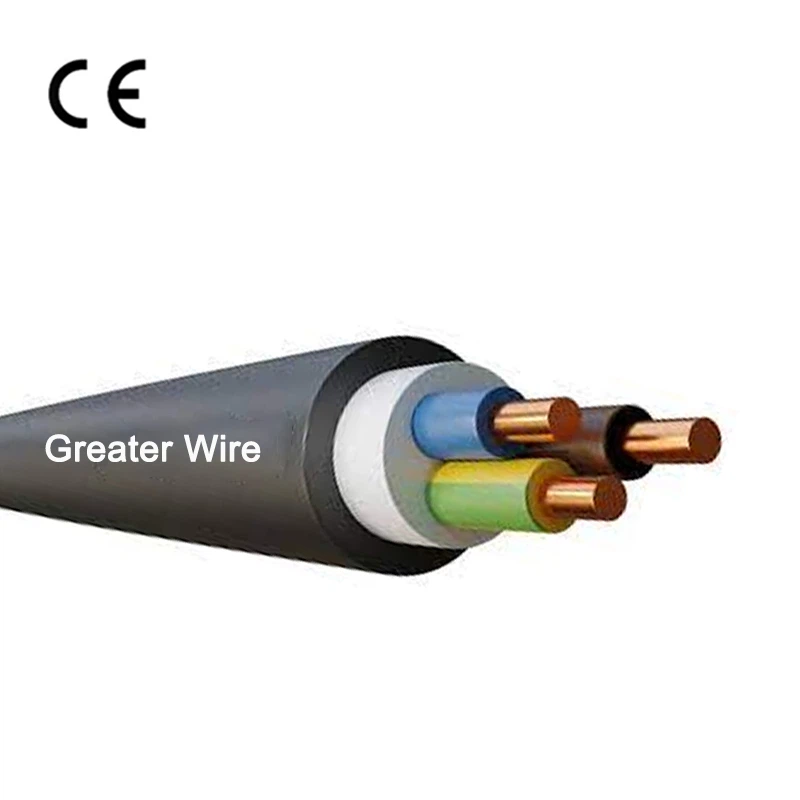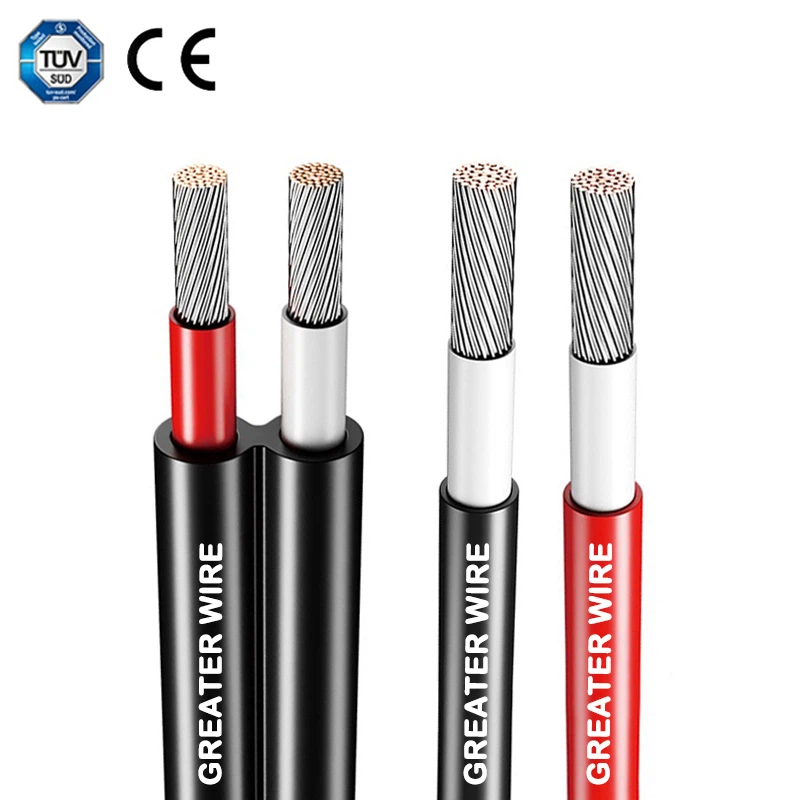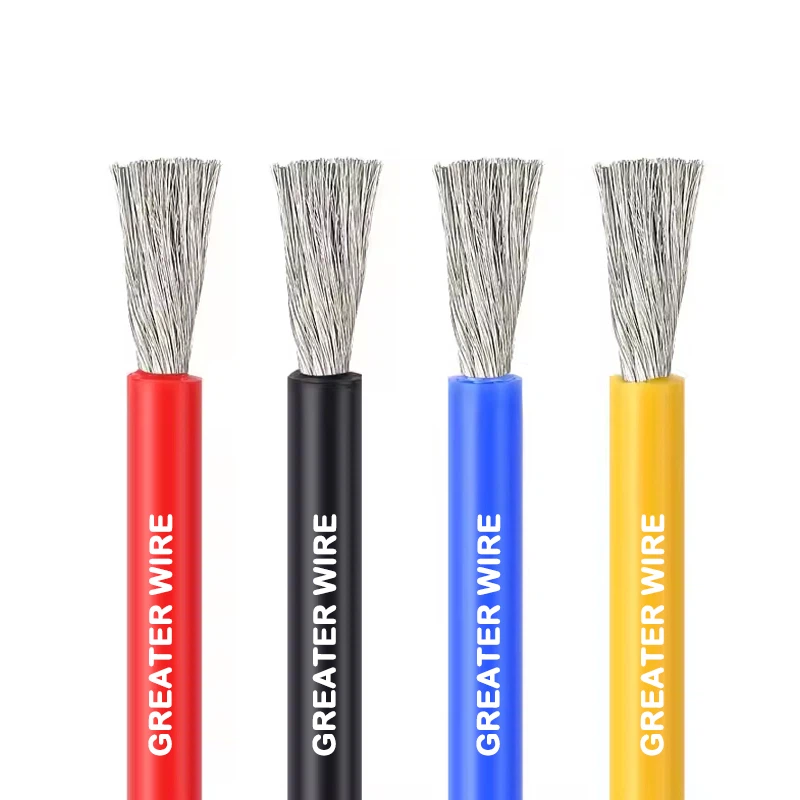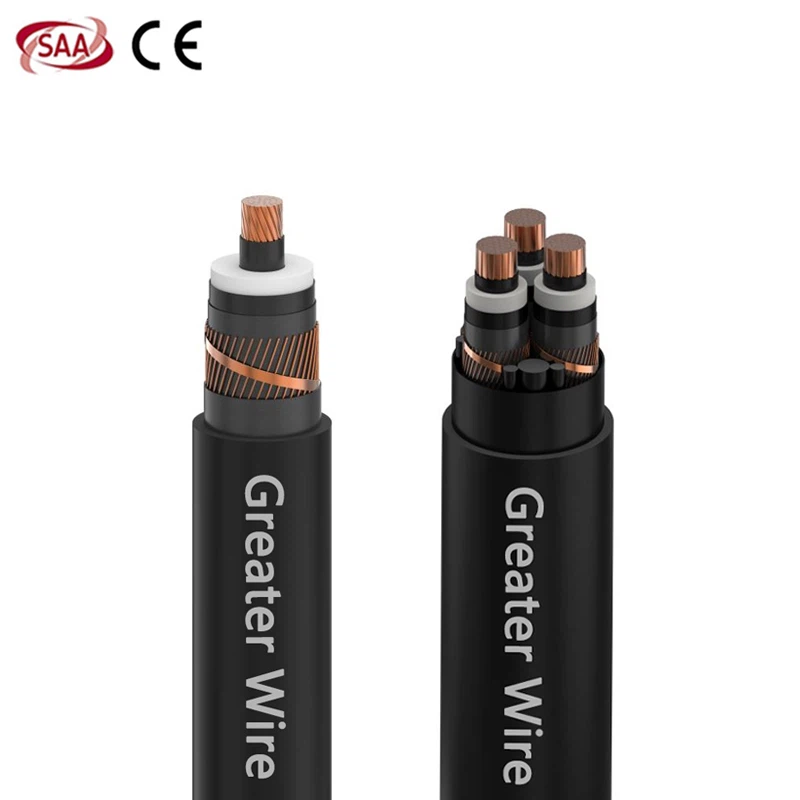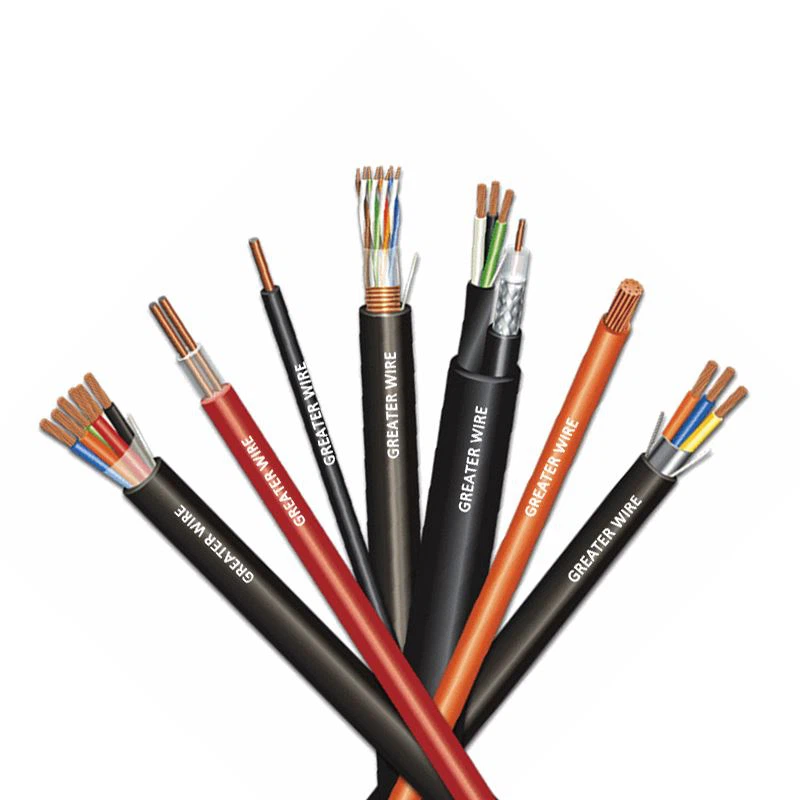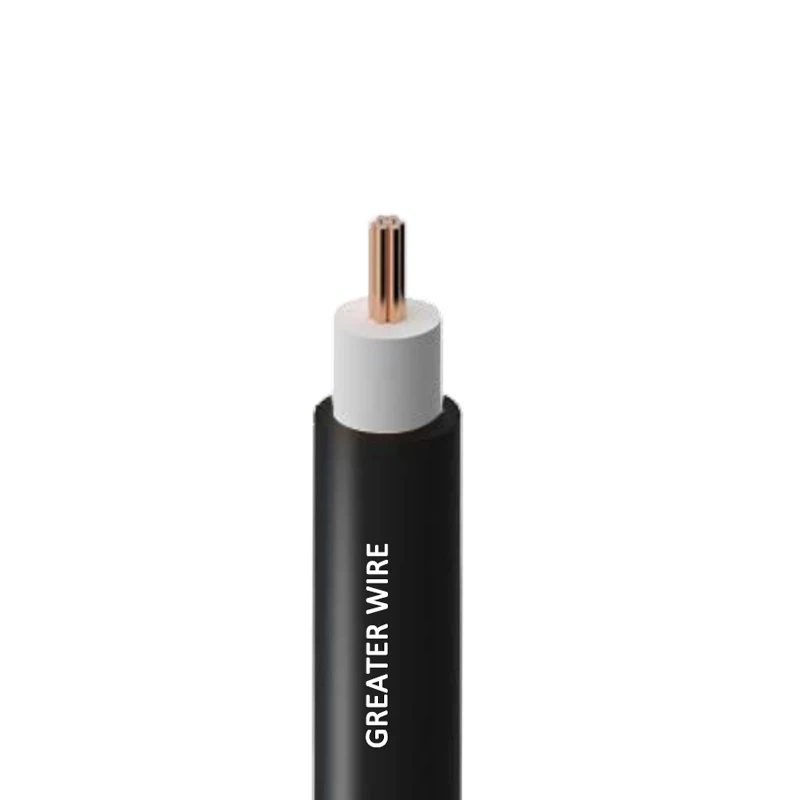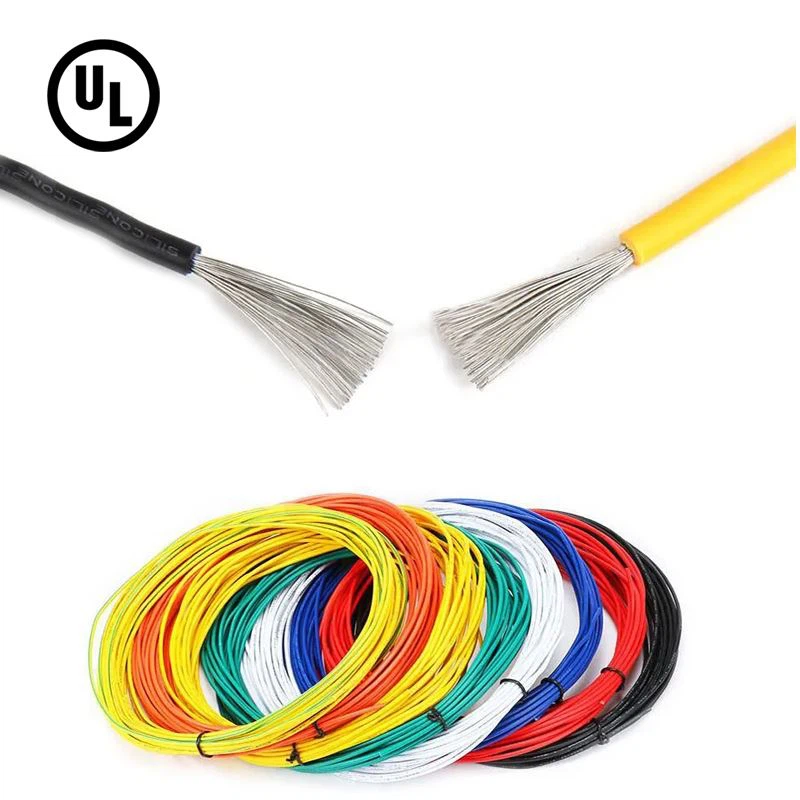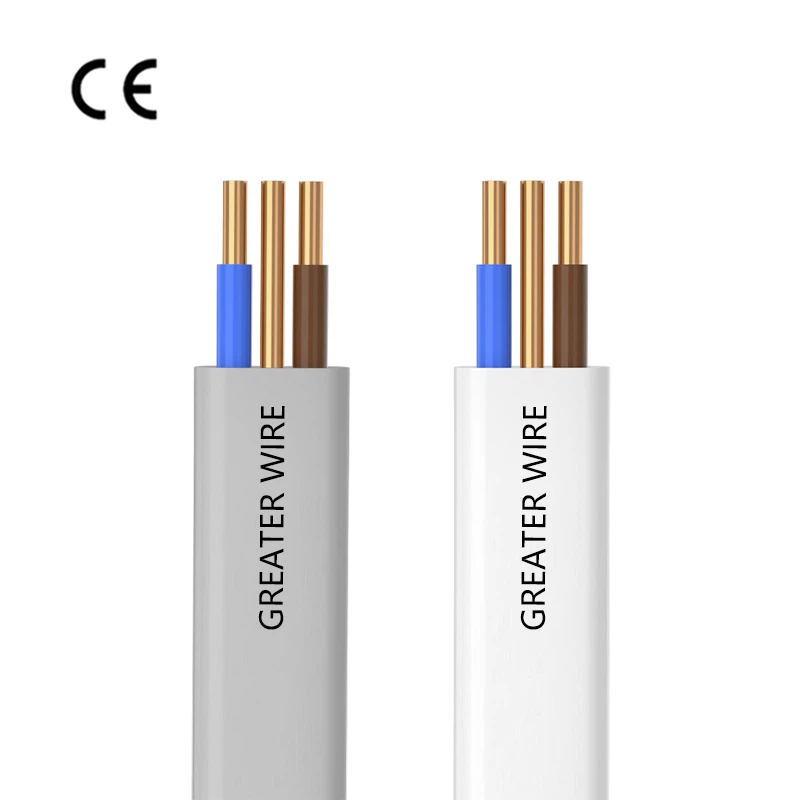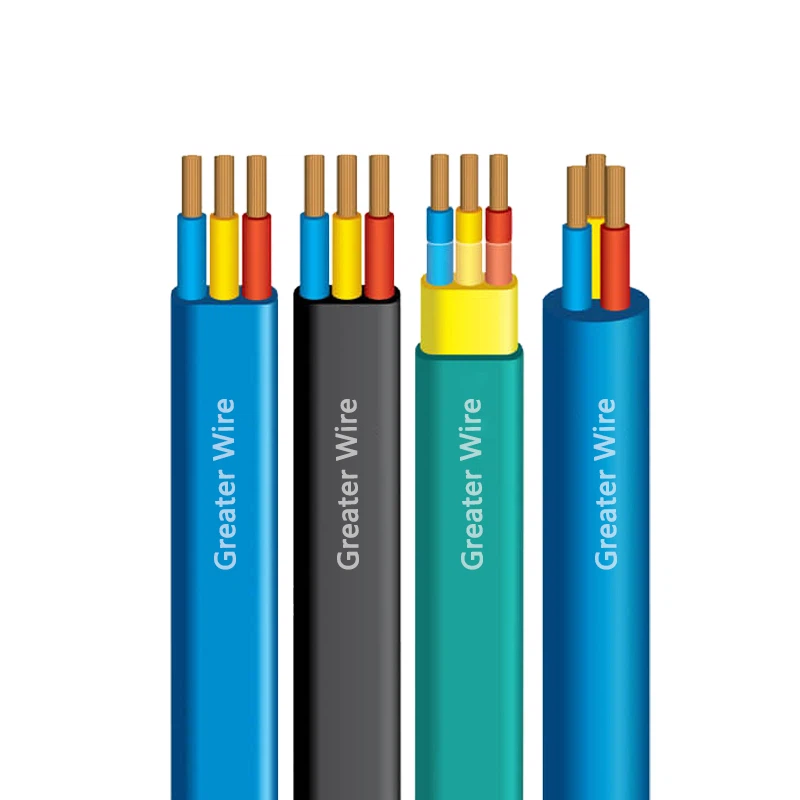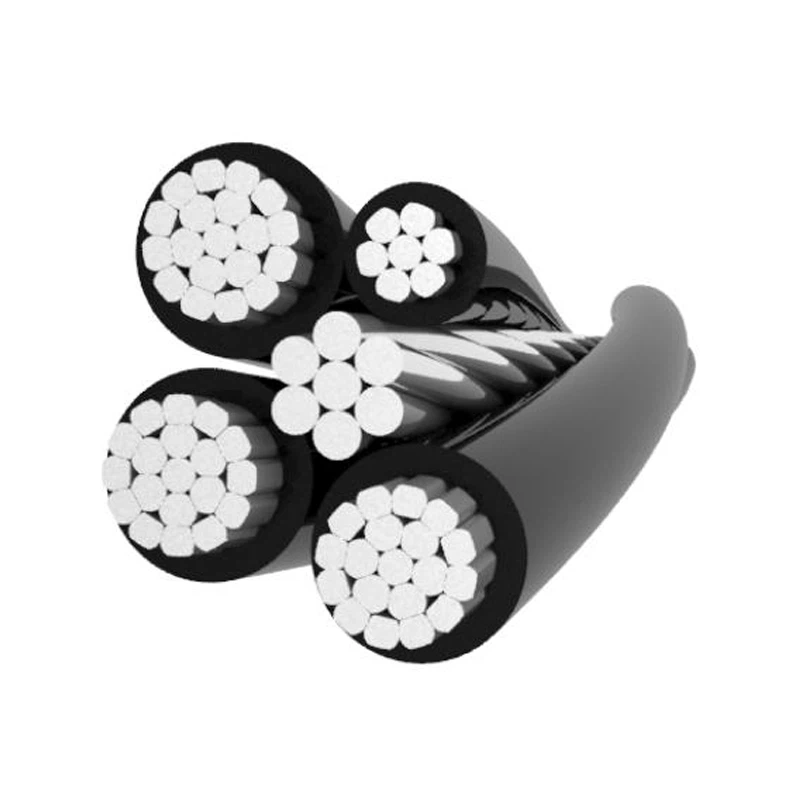Orange circular cables are commonly used in various applications, especially in industrial, commercial, and residential environments. These cables are designed for power transmission, signal transfer, and control systems. Their distinctive orange color provides high visibility, making them easier to identify in busy workspaces or construction zones. While these cables are constructed to be durable and resistant to mechanical wear, environmental conditions, or electrical faults, they are still prone to damage over time. Proper repair of damaged orange circular cables is essential to ensure continued system functionality, safety, and efficiency.
In this article, we will discuss the types of damage that orange circular cables may sustain, the general repair process, and important considerations when repairing these cables.
What is an Orange Circular Cable?
An orange circular cable typically consists of several key components:
Conductors: These are the internal copper or aluminum wires that carry electrical current or signals. They are the most essential part of the cable, as they enable the flow of electricity.
Insulation: This layer surrounds each conductor to prevent short circuits and ensure electrical isolation between wires. Insulation is often made of materials such as PVC, rubber, or Teflon.
Outer Sheath: The outer sheath is the external protective covering that shields the conductors and insulation from physical damage, moisture, and environmental hazards like chemicals, UV radiation, or extreme temperatures.
The color orange is chosen for its visibility, especially in environments where cables may be exposed to potential hazards. Despite their robust construction, orange circular cables can suffer from various issues, including cuts, abrasions, overheating, and electrical faults.
Common Types of Damage to Orange Circular Cables
Orange circular cables can sustain different types of damage, depending on environmental factors, physical stress, or operational conditions. Understanding the nature of the damage is essential in determining the appropriate repair method. Below are the common types of damage that may occur in these cables:
Insulation Damage
Cuts or Nicks: Cuts or nicks in the insulation are common in cables that are exposed to sharp edges, rough surfaces, or abrasions. These imperfections can compromise the cable's ability to prevent short circuits or electrical leakage.
Cracking or Splitting: Insulation material can crack or split due to exposure to high temperatures, UV radiation, or mechanical stress. Once the insulation is compromised, the conductors inside the cable are at risk of contact with each other or with external surfaces, leading to potential faults.
Wear and Tear: Over time, cables exposed to constant friction, bending, or stretching can develop wear spots on the insulation. This can cause the insulation to break down gradually, leading to exposed conductors or reduced effectiveness in preventing electrical leakage.
Outer Sheath Damage
Abrasion: The outer sheath of the cable can experience abrasion due to friction from contact with rough surfaces, movement, or improper handling. This damage can expose the internal layers of the cable, increasing the risk of environmental factors (e.g., moisture, dust) damaging the conductors or insulation.
Tears or Holes: Cuts, punctures, or tears in the outer sheath can result from physical impact or improper installation. A compromised outer sheath reduces the cable's ability to resist external influences, such as moisture or chemicals, which can cause the internal components to deteriorate.
UV Degradation: Cables that are exposed to direct sunlight for prolonged periods may experience UV degradation, where the outer sheath becomes brittle and cracks. This can significantly shorten the lifespan of the cable and increase the likelihood of failures.
Electrical Damage
Short Circuits: Short circuits can occur when the conductors inside the cable make contact with each other due to insulation breakdown, leading to an unintended current path. Short circuits are hazardous and can cause overheating, fires, or system failure.
Open Circuits: An open circuit occurs when a conductor inside the cable becomes disconnected or broken. This disrupts the electrical flow, causing the system to malfunction.
Overheating: Excessive current flow through the cable can cause overheating, leading to the breakdown of the insulation and possibly damage to the conductors themselves. Overheating can occur due to overloading or poor cable connections.
The Importance of Repairing Damaged Orange Circular Cables
Repairing a damaged orange circular cable is crucial for several reasons:
Safety: A damaged cable can pose significant safety risks, such as electrical shocks, fire hazards, or system failure. For instance, exposed conductors or damaged insulation can cause short circuits or leakage currents, increasing the risk of electrical hazards.
Reliability: A damaged cable can lead to unreliable power transmission or signal loss. Repairing the damage ensures that the system continues to function as intended, reducing downtime and preventing costly disruptions.
Cost Efficiency: Timely repairs can extend the life of a cable and prevent the need for a complete replacement. This can be more cost-effective than replacing the entire cable, especially in situations where the cable runs for long distances or is difficult to replace.
How to Repair a Damaged Orange Circular Cable
Repairing a damaged orange circular cable involves assessing the extent of the damage and taking the appropriate steps to restore its functionality and safety. Depending on the type of damage, different techniques and materials may be used. Here are the general steps for repairing damaged orange circular cables:
1. Identify the Damage
Before attempting any repairs, it is important to thoroughly inspect the cable to assess the nature and extent of the damage. This may involve a visual inspection and some basic tests (e.g., using a multimeter to check for continuity). Common signs of damage include exposed conductors, frayed or cracked insulation, or worn-out sheaths.
In some cases, the cable may need to be disconnected from the power source or system before repair work begins. Make sure to isolate the affected cable to prevent electrical hazards.
2. Choose the Correct Repair Materials
The materials used for the repair will depend on the type of damage. Some common materials for repairing cables include:
Electrical Tape: This is commonly used to cover small cuts or nicks in the insulation or outer sheath. Electrical tape can provide temporary insulation but may not be suitable for more severe damage.
Heat Shrink Tubing: Heat shrink tubing is often used to repair small sections of cable where the outer sheath or insulation has been damaged. The tubing is placed over the damaged area and heated, causing it to shrink and tightly seal the area. This provides a more durable repair than electrical tape.
Insulating Compound or Putty: For minor insulation damage, an insulating compound or putty can be applied to restore the integrity of the insulation. This is particularly useful for small cuts or abrasions in the insulation layer.
Cable Splice Kits: If the cable has sustained significant damage, such as a cut or open circuit, a cable splice kit may be required. These kits typically include connectors, insulating sleeves, and other materials to reconnect the conductors and re-insulate the cable.
3. Prepare the Damaged Area
Isolate the Cable: If the cable is connected to an active power supply, make sure to disconnect it before beginning the repair. This is critical for safety.
Remove Damaged Material: Use a sharp utility knife or wire stripper to remove the damaged insulation or outer sheath around the affected area. Be careful not to cut into the conductors themselves.
Clean the Area: Ensure that the exposed conductors and insulation are clean and free from dirt, moisture, or debris. This helps to ensure proper adhesion of the repair materials and prevents future contamination.
4. Repair the Damage
The exact steps for repairing the cable will vary depending on the type of damage:
Small Cuts or Nicks in Insulation: For minor cuts or nicks, wrap electrical tape tightly around the damaged section of insulation. For a more permanent solution, consider using heat shrink tubing or insulating compound to cover the area.
Cracked or Split Insulation: If the insulation is cracked or split, it may be necessary to cut away the damaged portion and apply heat shrink tubing or an insulating compound over the exposed area. Heat shrink tubing provides a secure and long-lasting solution.
Exposed Conductors: If the conductors are exposed, carefully insulate them using insulating tape, heat shrink tubing, or an insulating compound. Ensure that the conductors are properly separated to avoid short circuits.
Damaged Outer Sheath: If the outer sheath is damaged, use heat shrink tubing or a specialized cable sheath repair kit to restore the protective layer. This will help protect the internal conductors from environmental damage.
5. Test the Repair
Once the repair is complete, use a multimeter to check the continuity of the cable and ensure that the repair has restored the electrical connection. If applicable, check for insulation resistance to confirm that there are no leakage currents. Perform additional tests, such as visual inspections or using a thermal camera, to ensure that the repaired cable is functioning safely and reliably.
6. Reinstall the Cable
After confirming that the repair has been successful, reinstall the cable and ensure that it is securely fastened and properly protected. If the cable is exposed to harsh environmental conditions, ensure that it is appropriately shielded from moisture, chemicals, or physical damage.
Best Practices for Preventing Cable Damage
While repairs are sometimes necessary, preventing damage to orange circular cables is always the best approach. Here are some best practices to ensure the longevity and reliability of your cables:
Proper Installation: Ensure that cables are installed according to manufacturer specifications, taking care to avoid sharp bends, physical strain, or improper connections.
Protective Conduits: Use conduits, trays, or cable guards to protect cables from physical damage, especially in high-traffic areas or environments with rough surfaces.
Regular Inspections: Periodically inspect cables for signs of wear and tear, such as cracks in the outer sheath, cuts in the insulation, or overheating. Early detection of damage can prevent more severe issues.
Temperature Control: Avoid overloading cables, which can lead to overheating. Ensure that cables are used within their rated electrical and temperature limits.



